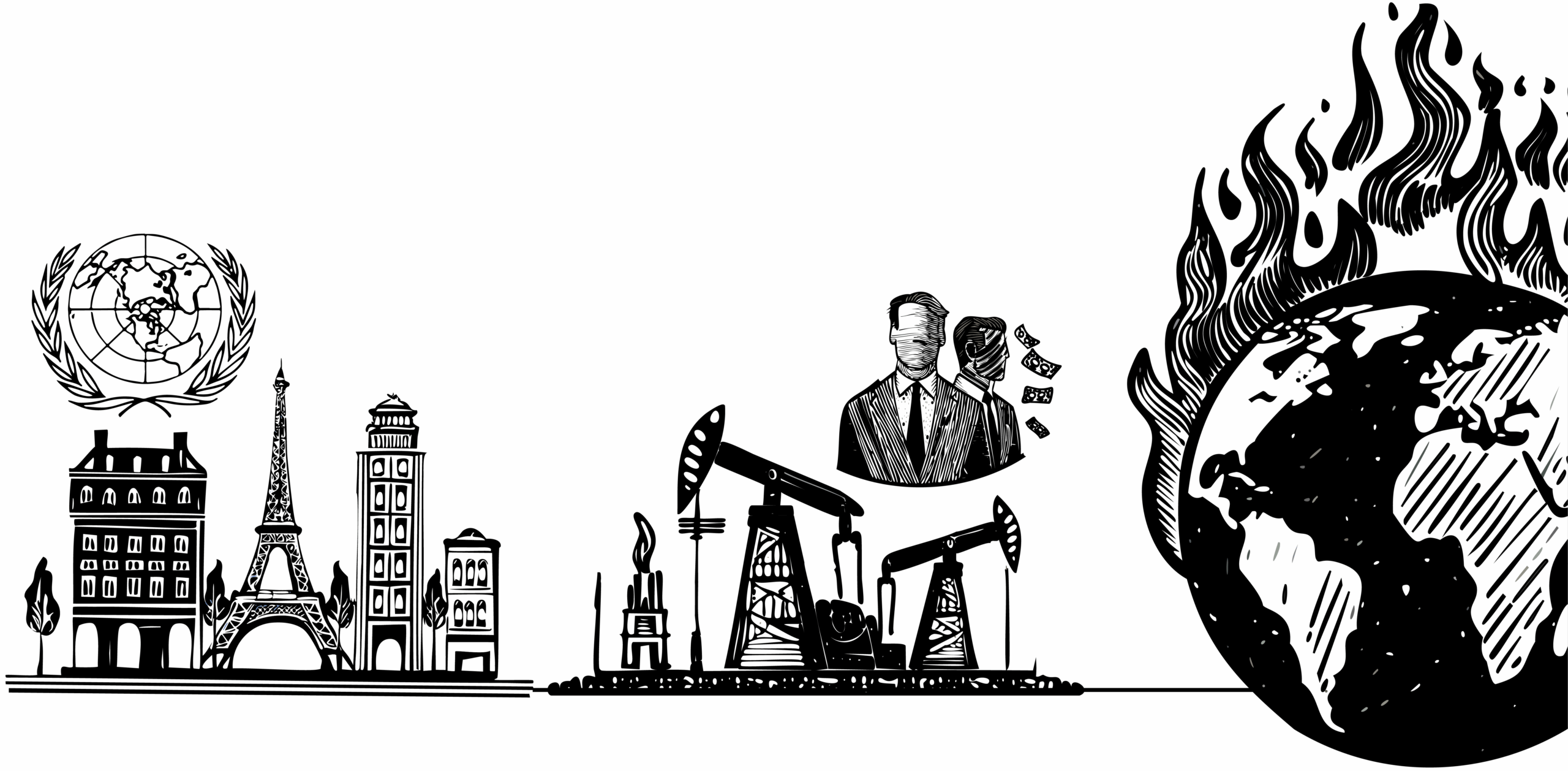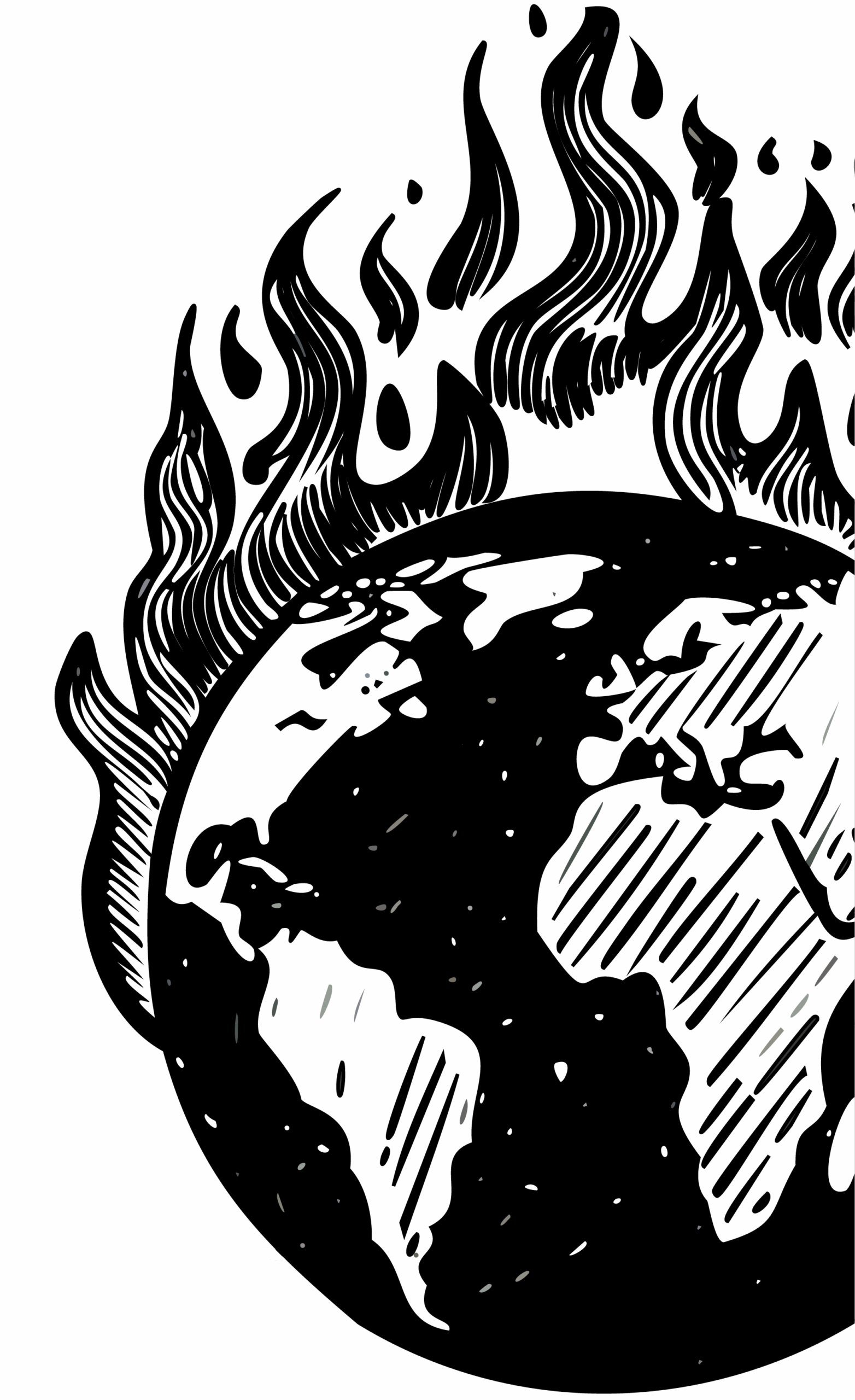Other countries on this list and further down the ranks of global producers have also increased production. Fossil fuel expansion anywhere is incompatible with avoiding the worst impacts of the climate crisis and is at odds with the legal duty of all states to prevent further harm to the climate, with the International Court of Justice recently warning that new fossil fuel licences or subsidies can constitute an “internationally wrongful act.” Across every region, Indigenous and frontline communities are leading powerful movements to halt fossil fuel expansion and advance just, community-driven alternatives to protect land, water, and the right to a livable planet.
While all countries bear a responsibility to act, the role of Global North producers in driving the continued growth of oil and gas production is especially hypocritical and damaging to the international cooperation required for a fast and fair phase-out. It is particularly striking that many countries in the Global South, often criticized in the international media as “petrostates”, have either kept their production levels steady or even reduced them in recent years (Table 1). They have done so while being far more dependent on oil and gas revenues and facing greater challenges in diversifying their economies than the largest Global North producers.
It is undeniable that some of these countries remain some of the largest oil and gas producers in the world and have been vocally resisting international efforts to speed up the phase-out of fossil fuels. However, the way they are portrayed reveals a clear double standard. Western media often singles them out for blame, painting their actions as backward or obstructive, without equally challenging the deep hypocrisy of Global North producing countries that appear to support global agreements while actively undermining them at home. For example:
- Australia supported the COP28 decision to transition away from fossil fuels but continued to approve coal and gas projects including the extension of the North West Shelf Gas project, which is part of a fossil fuel hub that could burn through 6% of the remaining carbon budget to 1.5°C.
- Global headlines focus on Saudi Arabia’s undeniable role in opposing diplomatic language on fossil fuels while glossing over Global North countries’ current and historical responsibility for driving fossil fuel expansion.
Considerations of who is blocking the transition away from fossil fuels must account for the outsized role of Global North countries in not only driving climate change but also creating the conditions of climate colonialism embedded in the global economic system. As we discuss in the following section, this includes withholding the finance they owe while blocking changes to unfair global rules on tax, trade, and debt that make it harder for many Global South countries to move away from fossil fuel dependence.
Table 1: Proportional Increase/Decrease in Oil and Gas Production in Select Group of Top Oil and Gas Producing Countries2
Percentage change in oil and gas production, 2015 to 2024
| Select Global South producers (often called “petrostates”) |
Top Global North producers |
- Iran: +32%*
- UAE: +1%
- Qatar: +1%
- Algeria: -3%
- Saudi Arabia: -7%
|
- Australia: +77%
- US: +45%
- Canada: +28%
- Norway: +7%
|
Source: OCI analysis of data from the Rystad Energy UCube (August 2025)
* Iran’s oil production levels are highly sensitive to changes in sanctions, including those in force as of the baseline year of 2015, making it an outlier case.




